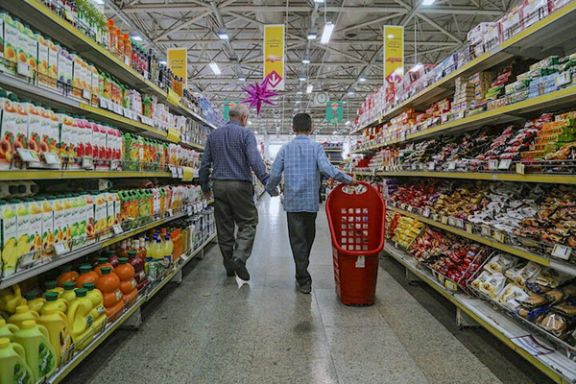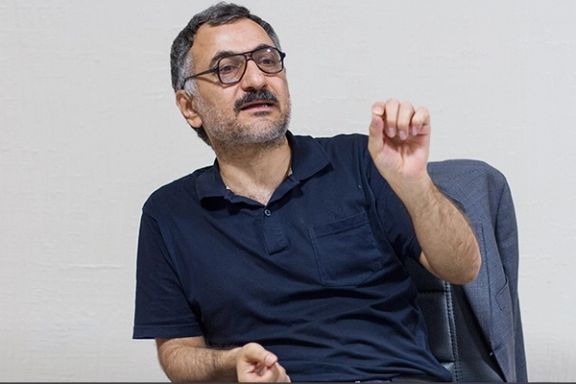Iran Economy Hurtling Towards Hyperinflation

After two months delay, the Iranian government has finally released inflation data for the previous year, putting it at 45.8 percent.

After two months delay, the Iranian government has finally released inflation data for the previous year, putting it at 45.8 percent.
Neither the Statistical Center of Iran (SCI) nor the Central Bank of Iran (CBI) had released complete reports on the inflation data until Sunday. The SCI has been the only government entity regularly announcing the inflation rate in the past four years.
The CBI announced late March that the annual inflation rate stood at 46.5 percent but did not mention the point-to-point inflation of the last month of the Iranian year.
Although the official inflation rate announced by the authorities is usually less than what it seems in the market, even 46.5 percent inflation is among the highest in Iran in more than 30 years.
According to the SCI, the reason behind the delay is the process of changing the base year from 1395 to 1400, which ended on March 20, 2022. A base year is used for comparison in the measure of business activity or economic or financial index.
It can also describe the starting point from a point of growth or a baseline for calculating financial transactions. "Due to the changes in the content of the market basket over time, according to international recommendations, it is necessary to change the base year at certain time intervals,” the Statistical Center of Iran had said at the time.

A report by the Financial Times earlier this month cited political economy analyst Saeed Laylaz as saying that, “it seems the Statistical Centre of Iran was not allowed by higher authorities to publish the inflation rate to avoid admitting that this government has broken the country’s record. The fact is that the government has not been able to curb inflation.”
Analysts noted it would be unusual to apply such a change before the year had ended. The inflation rate earlier announced by the two main sources without putting into account the last month of the Iranian calendar, Esfand – which falls in late March -- was more than the new figure.
Considering the fact that inflation in the month was even more than the average, it seems illogical that the annual average can be lower than the 46.5-percent inflation that was announced.
The Islamic Republic's authorities are trying to use new definitions and indices for the inflation so that the official figures do not increase to numbers that can create panic in the market. The country’s economy has proven especially vulnerable to sociopolitical developments, such as rumors about a possible revival of the nuclear deal or large labor strikes.
Typically associated with socio-political upheaval, a collapse in aggregate supply of needed commodities, or obstacles in exports, Iran’s hyperinflation can be a product of a bevy of disasters facing the government. As the Central Bank prints yet more money, the crisis deepens.
It is the second time Iran recorded such a figure since World War II. Considering the devaluation of the rial from 260,000 against one dollar to about 540,000 in the past year, the inflation rate is expected to hit new highs in the coming months.
The record high in the inflation rate has prompted pundits to foresee hyperinflation for the country this year, which in turn would further erode the value of the rial while seeing an intolerable spike in the cost of living. Food prices have already jumped 70-100 percent in recent months and this upward trend will likely result in people withdrawing their money and investments hooked on local currency and switch to more stable assets.
British-Iranian economist Mohammad Hashem Pesaran, a former professor at the Faculty of Economics at the University of Cambridge, warns that the current unstoppable decline in the value of the national currency and haphazard policies of the government is very likely to trigger mass hyperinflation in Iran.
Even though Iran has one of the world’s largest, and most untapped, sources of oil and gas, Iran would need oil priced at $351.7 a barrel to balance its budget next year, the International Monetary Fund (IMF) said in its latest report released late last month.
In his New Year speech on March 21, Supreme Leader Ali Khamenei dubbed the new year as “the year of bringing inflation under control”, a promise also repeated by President Ebrahim Raisi, but as the country plunges deeper into recession, remains nothing more than words.